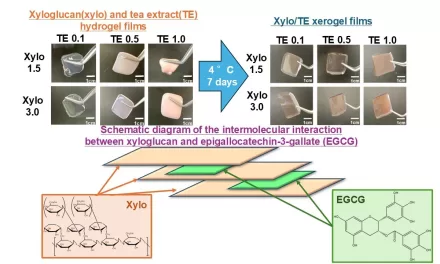November 17, 2024 — Signs of frailty may provide an early warning for dementia risk, even more than a decade before cognitive symptoms emerge, according to a groundbreaking international study published in JAMA Neurology. These findings open the door to identifying high-risk individuals earlier, offering opportunities for targeted prevention and treatment strategies.
The study, led by Dr. David Ward of the Centre for Health Services Research at The University of Queensland, examined frailty trajectories in 29,849 adults aged 60 and older. Results showed that frailty levels significantly increased between four and nine years before dementia diagnosis. Even before this acceleration, baseline frailty was positively associated with dementia risk.
“We found that with every four to five additional health problems, there is on average a 40% higher risk of developing dementia,” Dr. Ward told Medscape Medical News. “The risk is lower for people who are more physically fit.”
Frailty: A Promising Biomarker
The study suggests frailty may serve as an accessible biomarker for biologic age and dementia risk, a critical advancement for dementia research. Using data from four major cohort studies—the English Longitudinal Study of Ageing (ELSA), the Health and Retirement Study (HRS), the Rush Memory and Aging Project (MAP), and the National Alzheimer’s Coordinating Center (NACC)—the research tracked health and functional outcomes over time.
Key findings include:
- Frailty scores were significantly higher in individuals who later developed dementia, up to 20 years before onset.
- Acceleration in frailty scores was most pronounced four to nine years before diagnosis.
- Women exhibited slightly higher frailty scores than men across most cohorts.
After adjusting for confounders, each 0.1-point increase in frailty scores correlated with an 18% to 73% higher risk of developing dementia, depending on the cohort.
Opportunities for Intervention
The extended timeline of frailty development before dementia offers hope for early intervention. Dr. Ward emphasized the “four pillars” of frailty prevention:
- Good Nutrition: Focus on protein-rich diets.
- Exercise: Engage in regular physical activity.
- Medication Optimization: Manage chronic conditions effectively.
- Social Engagement: Maintain strong social networks.
These strategies could potentially delay frailty progression and reduce dementia risk.
Caution and Further Research
While the findings highlight a strong association between frailty and dementia, experts warn against assuming a direct causal link. Dr. Lycia Neumann, Senior Director of Health Services Research at the Alzheimer’s Association, noted that the pathways between frailty and dementia are complex and not fully understood.
“Adopting healthy lifestyle behaviors early and consistently can help decrease the risk of—or postpone the onset of—both frailty and cognitive decline,” Dr. Neumann said, emphasizing physical activity, a healthy diet, and managing chronic conditions like diabetes and hypertension.
Future Directions
The study underscores the importance of further research into frailty as a dementia biomarker. While limitations include potential reverse causality and unadjusted genetic risks, the findings provide a compelling argument for incorporating frailty tracking into clinical care. Early identification of at-risk individuals could enhance the effectiveness of dementia prevention and treatment programs.
The study was funded by the Deep Dementia Phenotyping Network and the Frailty and Dementia Special Interest Group. Both Dr. Ward and Dr. Neumann reported no conflicts of interest.
For more updates on dementia research, visit JAMA Neurology or consult with your healthcare provider.












